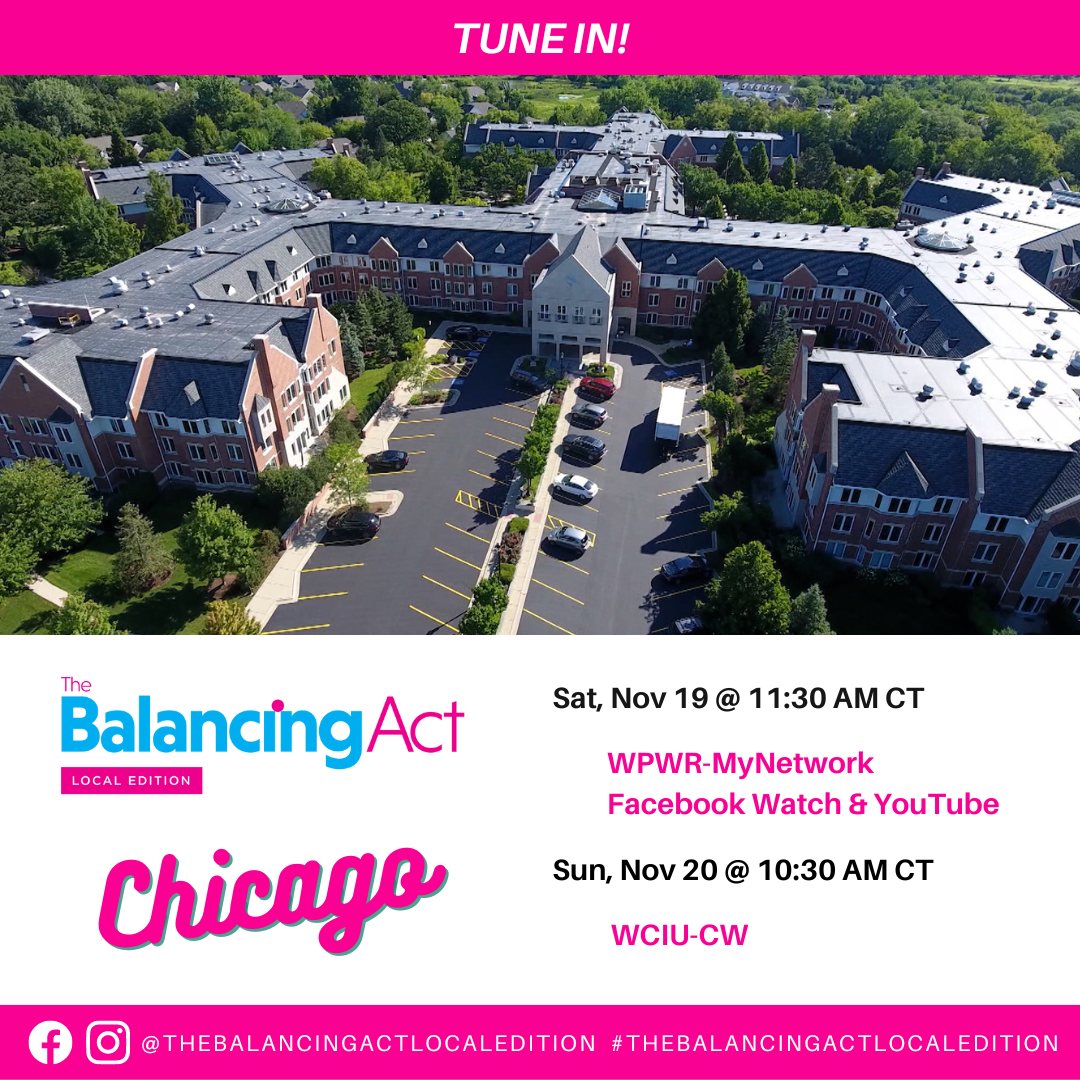How to Pay for Senior Living

As older adults near retirement, they may love the idea of moving to a senior living community. The thought of being freed of the obligations of home repair and maintenance is appealing to many. And the social life that so many senior communities offer these days can make it seem like life is one long vacation.
If you’re wondering how to pay for senior living or are concerned it may be too expensive for you, there are a few options you can look into. You may be surprised about how affordable senior living can be.
Basic rental apartments in senior living communities are available, but seniors who are looking to move into a more worry-free lifestyle could consider a Life Plan Community.
What Is a Life Plan Community?
A Life Plan Community, sometimes called a continuing care retirement community (CCRC), is a senior living option offering any number of amenities and services that change over time as your needs change. Unlike a basic senior apartment rental, you can choose a Life Plan Community that offers a Life Care contract (not all of them do), which means your care will continue, even if your needs increase. Your monthly senior care costs will be predictable, so you won’t have to endure any shocking healthcare cost surprises.
Predictable Senior Living Costs
Something to further investigate when you’re thinking about how to pay for senior living is a Life Care contract. If you move to a Life Plan Community with a Life Care contract before you have any serious healthcare needs, you’ll be largely protected against the rising costs of healthcare, even if your need for care increases over time.
These care services can include:
- Assisted living in your home
- Having meals brought to you
- Medication management
- Transportation to doctor visits
- Help bathing and dressing
- Skilled nursing care
- Physical and occupational therapy
- Injury management
- Memory care support
Save Money Long-Term
If you move from your current home, you could be freeing yourself from so many expenses, such as:
- Monthly mortgage payments
- Regular utility bills, including internet and TV
- Unpredictable maintenance and repair costs
- Replacement of appliances and furniture
- House cleaning services
- Yardwork and landscaping services
- Property taxes
- Homeowner Association dues
Moving on from homeownership, from the stress of managing all these finances yourself, and the worry of not knowing how much it will ultimately cost to age in place, can be a very appealing proposition.
So, what are the costs of a Life Care Community?
The Entrance Fee
The majority of Life Plan Communities require a one-time payment upfront upon your agreement to move in. This isn’t the case with many senior apartment rental agreements. It may seem expensive when you first consider this option, but the result is predictable monthly expenses once you’re settled in, and likely more affordable senior living long-term.
This fee can range widely depending on location, size of the home, demand, level of service, and other factors.
If this seems like a lot of money, keep in mind what it might cost to stay in your current home long-term, and then have to pay your own senior care costs in the future. The benefit of an entrance fee is that it’s usually followed by a relatively affordable monthly fee from that point on.
Monthly Fees
You might think of your monthly fee for a Life Plan Community as similar to an ongoing rental payment for a senior apartment. But it covers much more than that. It’s typical to have many or all of the following services covered by your monthly fee:
- Home utilities
- Cleaning and housekeeping services
- Maintenance and repair services
- Access to all kinds of activities, amenities and social opportunities
- Home security services
Life Plan Communities bundle all these services into one predictable monthly payment so you can live a relaxed retirement lifestyle, free from managing each single service yourself, or worrying about sudden unforeseen costs.
How to Pay for Senior Living
Financing the cost of a Life Plan Community is one of the first things you contemplate when considering a move. The entrance fee can be intimidating, but fortunately, there are several options available for seniors that can make it affordable. Also, entrance fees are often largely, or even fully refundable to your estate, depending on which plan you choose.
Retirement Savings
The vast majority of retirees pay their entrance fee with money they’ve saved privately over the years, including equity they’ve built over time from assets like their current home. It’s often the case that money from the sale of a home is used to pay the entrance fee for a Life Plan Community.
Then, monthly fees can be paid from additional retirement savings, investment income, a pension, Social Security and other possible benefits available to seniors. Your financial planner or a representative of the senior living community you contact will be able to guide you through the possibilities.
If your retirement savings isn’t adding up to the amount you need to pay your cost of senior living, you do have other options. Bridge financing might be available, which gives you a short-term loan against the value of your house if it hasn’t sold yet. There’s also Medicare for support in some areas, veterans benefits, and other programs an expert will be able to explain to you.
If you’re wondering how to pay for senior living, or considering a senior apartment, a Life Plan Community might be the wiser financial decision long-term. And the lifestyle and peace of mind it brings you could be considered priceless.
The Life Plan Communities of Presbyterian Homes
With all the choices available for affordable senior living, a Life Plan Community is absolutely worth considering. To find out more about the many advantages of moving into a Presbyterian Homes community, contact us.



